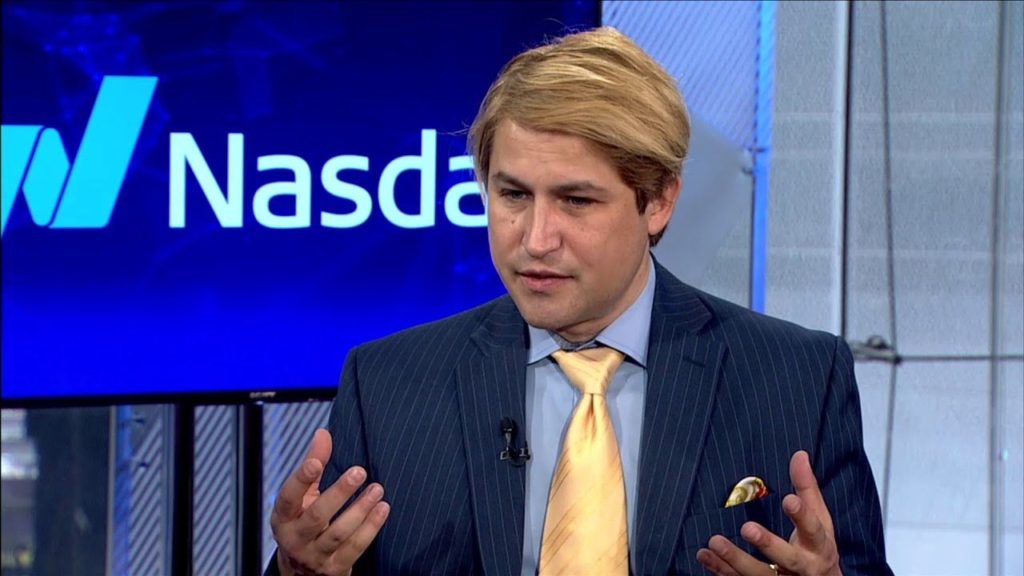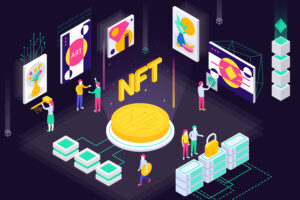
David Drake, Founder and Chairman at LDJ Capital, a $200 million cryptocurrency fund, recently put a bold stake in the ground when he went on Bloomberg to declare Bitcoin may be valued at $30k by the end of 2018. Drake’s commentary was picked up by just about every crypto trade publication with other industry leaders adding their two cents.
Over the last seven years, Drake has steadily made a name for himself as a leader in cryptocurrency. He saw the value of digital assets back in 2011 when other investors were still avoiding it. About six years later, a lot of others had faith in the market too. 2017 was the year cryptocurrency went mainstream, more institutional investors got in on the market and we saw Bitcoin close out the year with its highest valuation yet.
Since then, we’ve seen a roller coaster of sharp falls, followed by steady growth and so on. “We see organizations of people using strategies that are forbidden in traditional trading environments, including pumping up certain cryptocurrencies and then dumping them. These types of Black-Box trading strategies manipulate the market and cause a large part of the volatility we are seeing at this stage,” says Drake.
In response, there has been a lot of talk about what needs to be done in order to improve the cryptocurrency ecosystem. “There needs to be regulation, self regulation and SEC guidance, plain and simple,” adds Drake. However, this is something many coin offerings have been hesitant of given the digital asset’s somewhat nefarious beginnings. The anonymity and decentralization of cryptocurrency markets will be lost once governments and regulatory agencies get involved, but this is necessary according to Drake. “We need to work collaboratively in order for the market to reach its full potential,”he says.
When asked what the market will look like ten years from now, Drakes confidence never wavers. “It will be 85 times bigger and we will see complete fluidity between the market, Wall Street and financial institutions.”
Despite the ups and downs of the current market, the likes of Bitcoin, Ethereum and Ripple have, for the most part, been the top three cryptocurrencies in the market. Drake believes we may see that disrupted. “Despite all of the media buzz and widespread consumer interest, this market is still in its infancy. There is definitely potential for existing and new coin offerings to shake things up. Bitcoin Cash, EOS, Cardano and Litecoin have been gaining ground in their own right. “I could see EOS surpassing Ethereum’s position by year-end,” says Drake. “Admittedly, it is all speculation without knowing what other coin offerings may enter the market. Anything is possible.”
Regardless of those possibilities, watching the cryptocurrency market evolution is sure to be interesting.
















Kamagra Time To Work Dosis De Propecia Package Insert Amoxicillin viagra Curcumin Where Can I Buy Alli Diet Pill Last Long In Bed To Last Longer
I pay a visit everyday a few web pages and
information sites to read articles or reviews, however this webpage gives quality
based articles.
I blog quite often and I really thank you for your information. The
article has truly peaked my interest. I am going to bookmark your site
and keep checking for new details about once per week.
I opted in for your RSS feed as well.
Spot on with this write-up, I absolutely feel this website
needs a lot more attention. I’ll probably be returning to see more, thanks for the info!
Appreciating the persistence you put into your website and detailed
information you present. It’s good to come across
a blog every once in a while that isn’t the same unwanted
rehashed material. Great read! I’ve saved your site and I’m
including your RSS feeds to my Google account.
I was able to find good advice from your content.